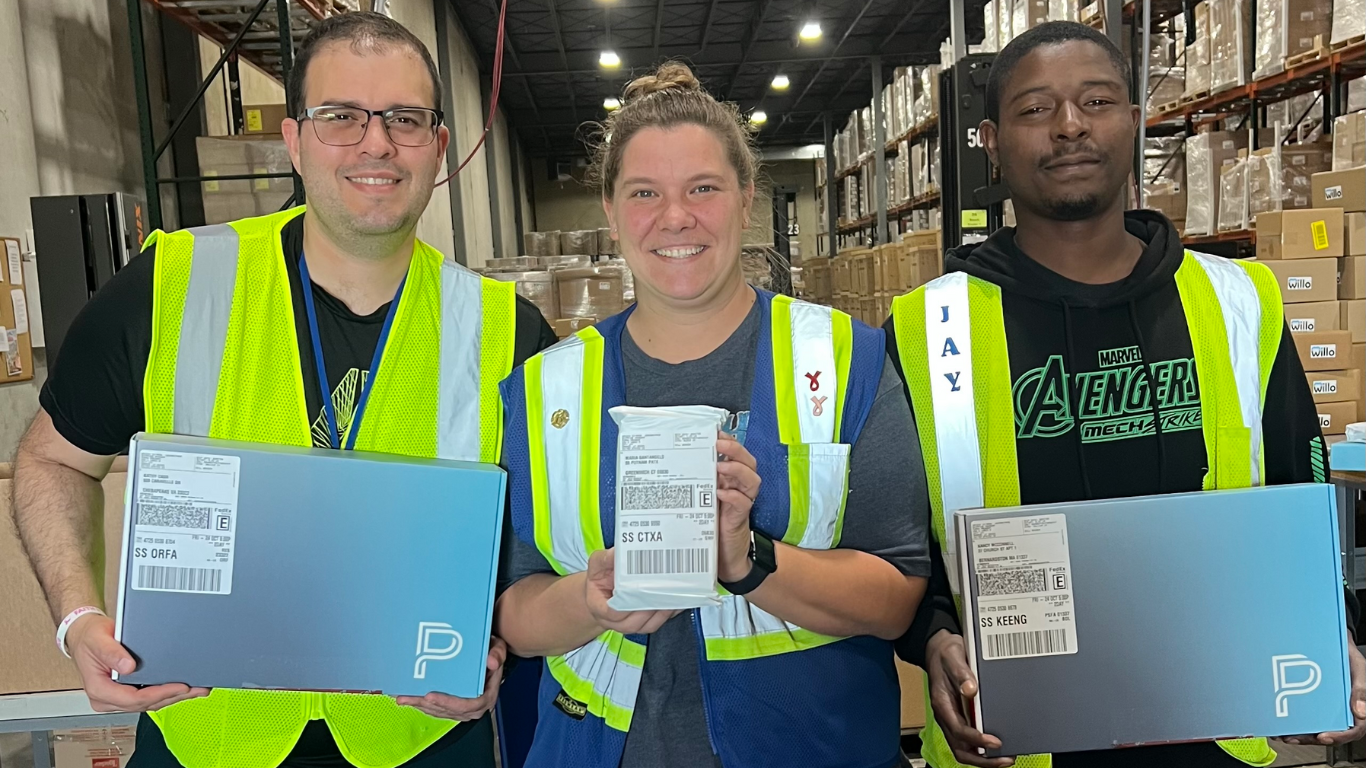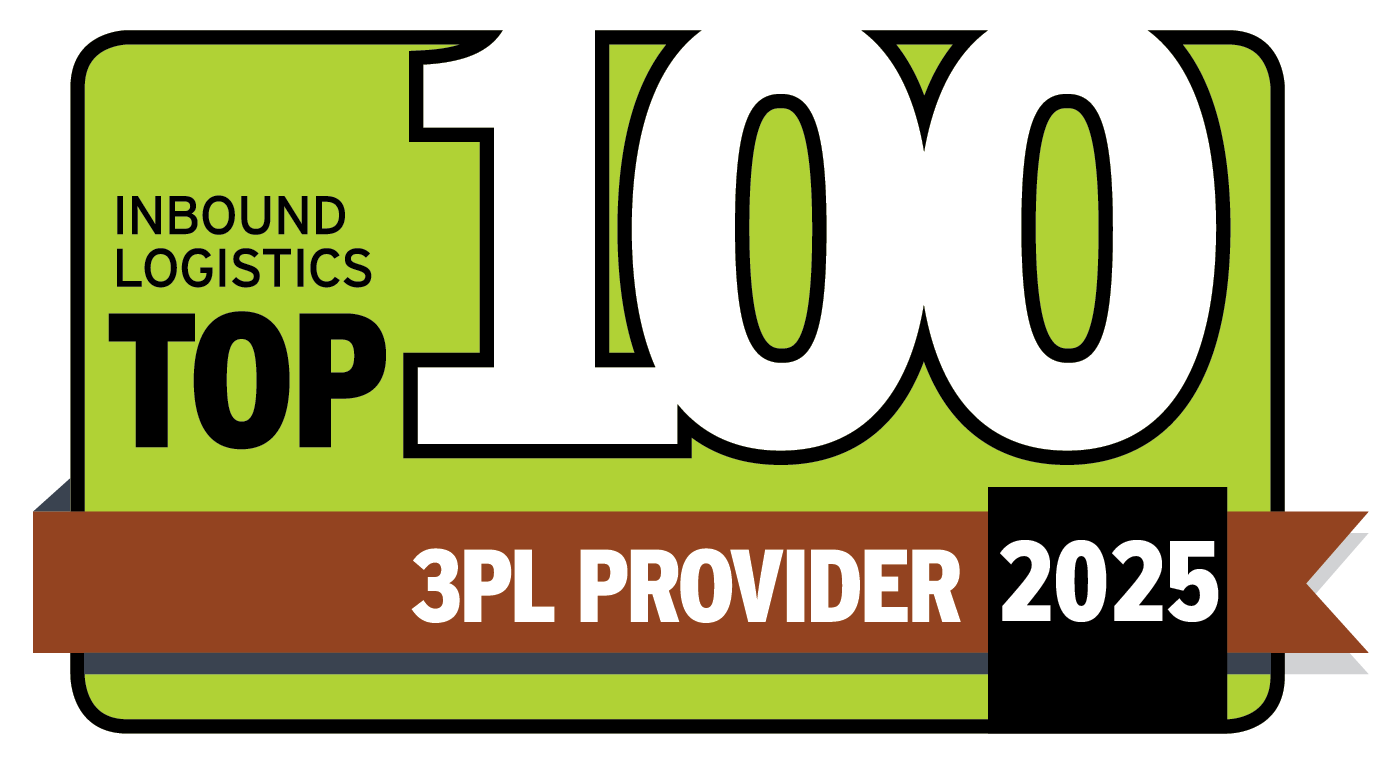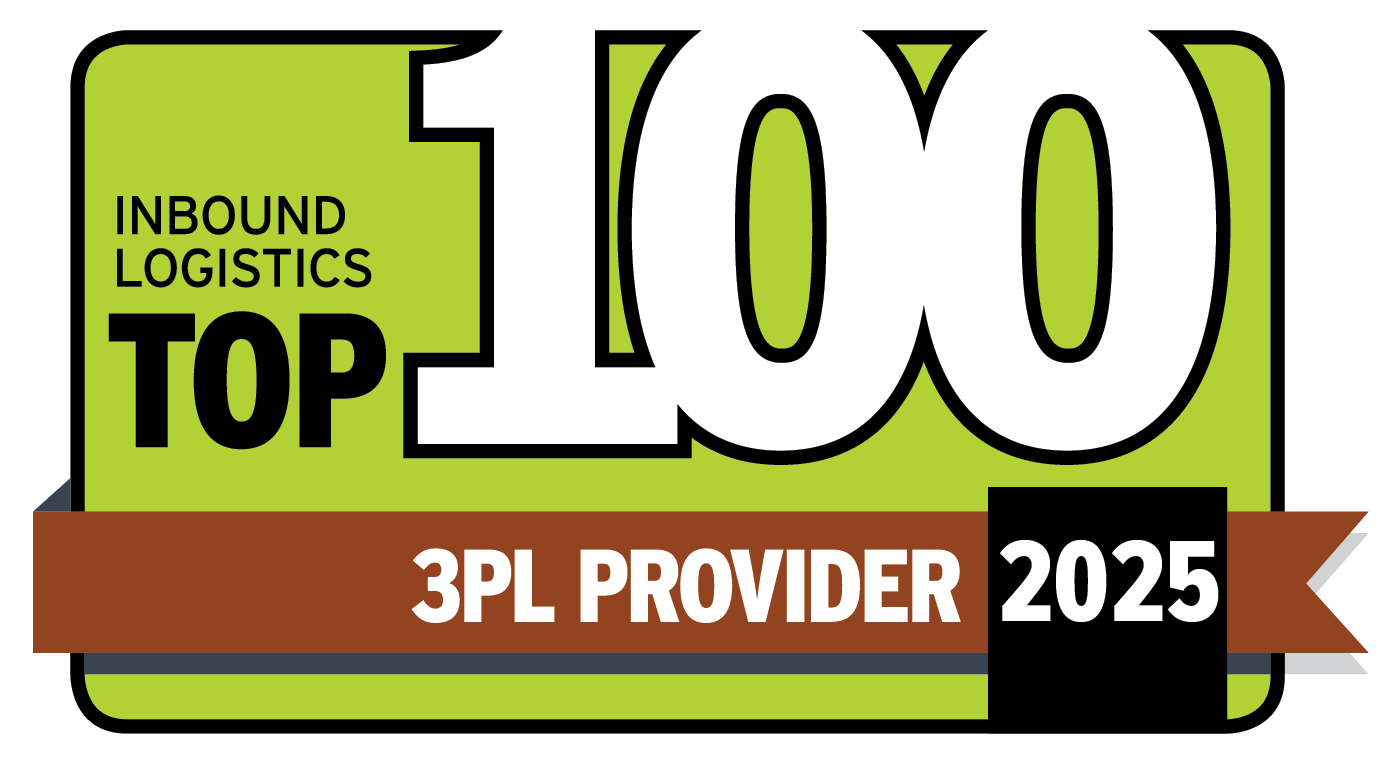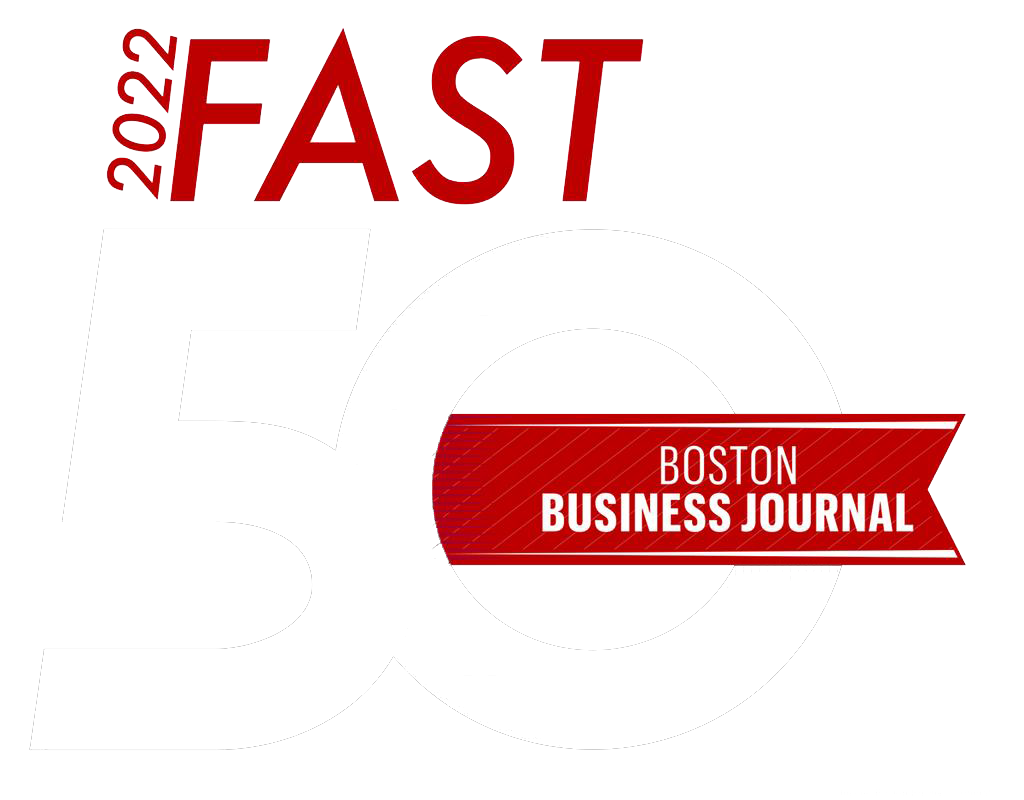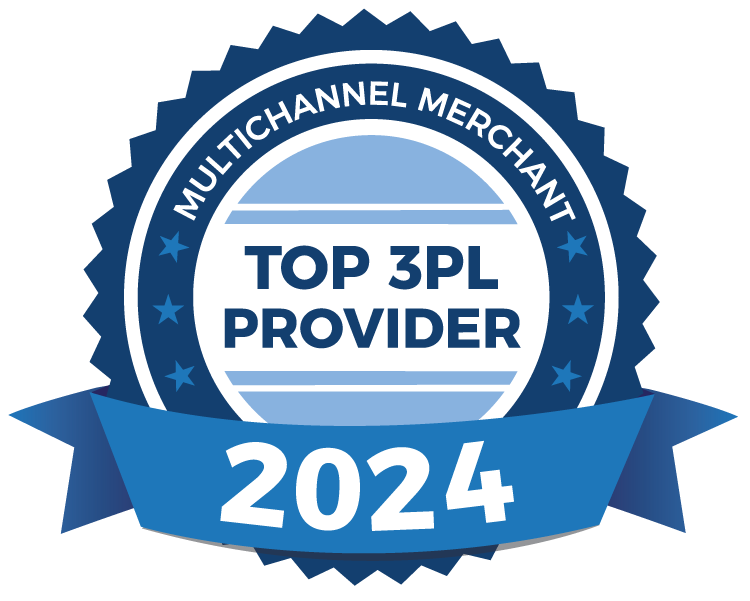Navigating Retail Supply Chain Challenges with the Right 3PL Partner
Until the 1920s, shopping primarily occurred at the local neighborhood corner store or small-town square. Then, chain and department stores emerged, offering a broader variety of goods and transforming shopping into an experience. By 1956, the first shopping mall was constructed, and large retailers began to dominate, gradually pushing out smaller mom-and-pop shops.
However, no shift has reshaped the retail world as profoundly as eCommerce. Today’s retail landscape is a digital frontier where anyone with a product and an internet connection can reach a global audience. Yet, this transformation has brought a range of challenges, leaving retailers and suppliers navigating a complex and evolving marketplace.
Rising inflation threatens margins, labor shortages complicate peak demand management and the shift to omni-channel distribution adds complexity. Meanwhile, changing consumer expectations are driving a need for greater speed and adaptability.
These challenges underline the importance of having an efficient, agile, optimized and sustainable supply chain that can flex during unexpected peaks, overcome disruptions and meet new challenges as they emerge. One way to achieve this is by partnering with an experienced third-party logistics provider (3PL) like Barrett Distribution. Here are five key benefits of outsourcing retail logistics to a reputable 3PL.
1. Access to Skilled and Scalable Labor
Labor shortages remain a significant hurdle, especially during peak seasons. By tapping into a 3PL's expansive labor pool, retailers can quickly scale their workforce to meet fluctuating needs. Barrett streamlines recruiting and onboarding processes, ensuring the right talent is matched to the right roles. This helps retailers efficiently manage growth and seasonal surges with confidence.
2. Investment in Automation and Innovation
Staying competitive in today’s fast-paced retail environment requires constant innovation. Many companies, however, lack the resources to prioritize supply chain digitalization and automation. Barrett continuously invests in advanced technologies like autonomous mobile robots and predictive picking algorithms, enabling clients to meet market demands with enhanced efficiency. These scalable innovations provide the flexibility needed for future growth.
3. End-to-End Supply Chain Visibility
Comprehensive visibility is no longer a luxury but a necessity, especially in direct-to-consumer retail. While most companies utilize transportation visibility tools, they often fail to cover a product's full journey. Barrett offers end-to-end visibility that spans warehousing, packaging, and transportation. This capability ensures seamless inventory management and optimizes product flow, allowing retailers to respond quickly to customer needs.
4. Sophisticated Data Analytics and Insights
Retailers often underutilize the power of data analytics to make faster, smarter decisions. By partnering with a 3PL that excels in data analytics, businesses gain actionable insights into efficiency, sustainability and customer behavior. Barrett leverages cutting-edge technologies like predictive analytics and artificial intelligence to identify trends, benchmark performance and uncover new opportunities. This data-driven approach ensures retailers stay ahead of shifting market demands.
5. Customized and Efficient Packaging 91����
A one-size-fits-all packaging strategy no longer works. Barrett integrates materials management and packaging into distribution operations, reducing costs and increasing speed. Their tailored approach ensures packaging aligns with consumer expectations for quality, sustainability and efficiency across all channels.
Focus on Your Business—Leave Logistics to the Experts
Today’s consumers expect memorable and convenient shopping experiences, whether in-store or online. Meeting these expectations requires a well-managed supply chain that can adapt to challenges and capitalize on opportunities. By outsourcing logistics to a trusted 3PL like Barrett, retailers can concentrate on their core strengths while relying on experts to handle the complexities of supply chain management.
Why Barrett? We empower retailers to navigate uncertainty, enhance agility and deliver superior customer experiences, helping businesses thrive in a competitive retail environment.
Are you ready to optimize your retail supply chain? Discover the Barrett way—contact us today for a complimentary supply chain consultation.
Recent Blog Posts

